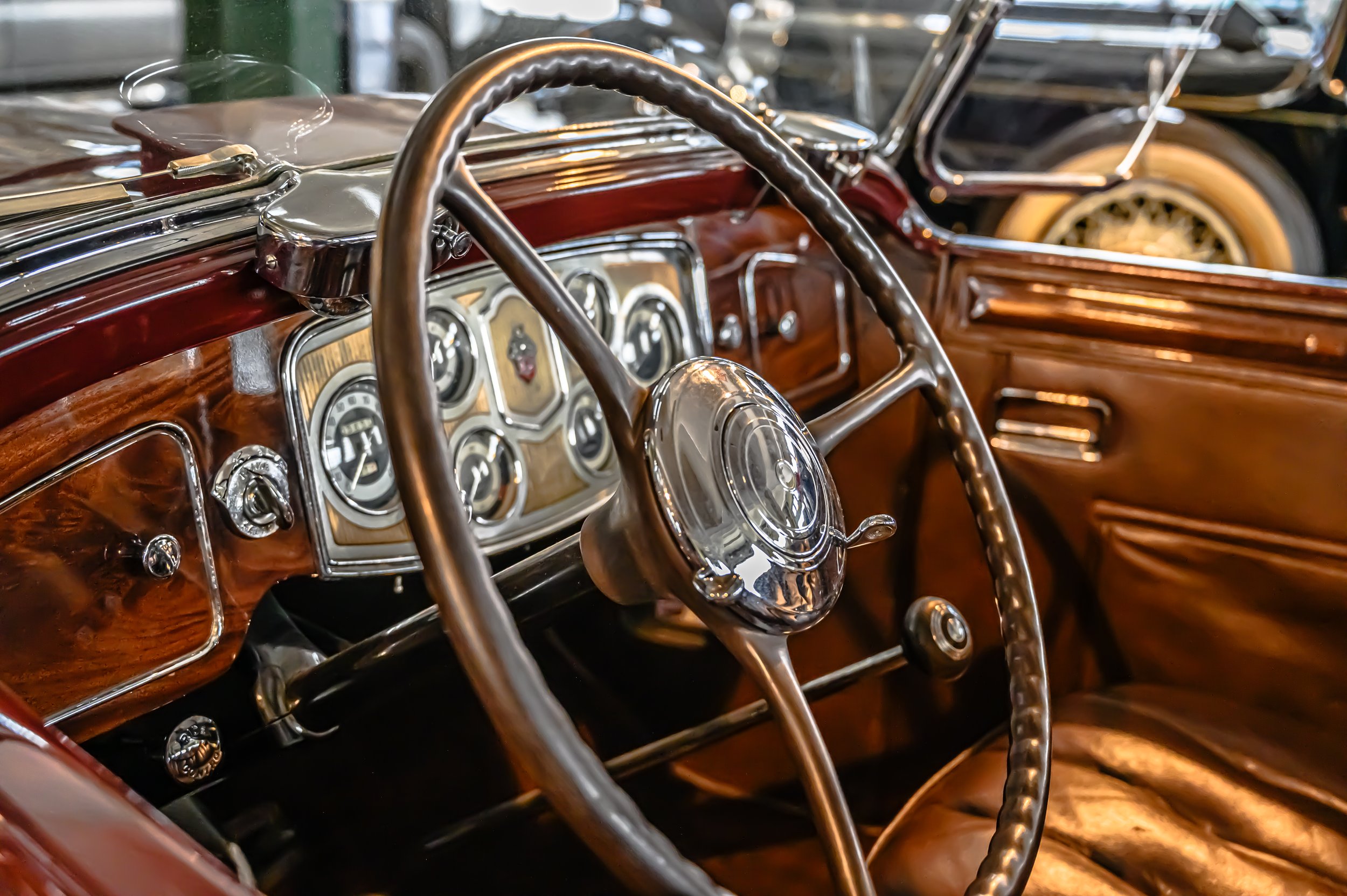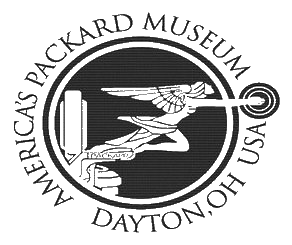
Ensuring the Legacy: Classic Car Museums Stewardship
America’s Packard Museum implements classic car museums collections stewardship using all best professional practices, including the guidelines set by the American Alliance of Museums. Keeping the Packard story alive for this and future generations, and ensures renewal of the legacy of the greatest American automobile company.

Classic Car Museums Stewardship Best Practices
Preventive Care is applying measures necessary to sustain the existing form, integrity, and materials of an historic object.
Whenever possible, APM takes the necessary measures to preserve its vehicles. Most vehicles are in running condition, so there is the balance between keeping them operational and in a state of long-term originality. The America’s Packard Museum obtained its collection of cars from owners and collectors who loved their vehicles, and many are the finest, most original examples of the specific models known to exist. Because each car is different model built in a different year, each requires a specific care plan for preservation.
The staff carefully records conditions on each car and whenever possible, refurbishes or replaces with other similar original equipment sourced from collectors or suppliers. The team notes the quality of the paint and leather treats them only to sustain originality. Most original car paint retains its luster for only 5-10 years so for a museum it is a continual effort to preserve them. Over the course of the decades, the parts, leather, and paint inevitably degrade, but because APM believes in preservation, they will receive only minimal treatment to prevent further degradation.
It is important to understand the context of the automobile industry when making preventive care plans. The industry succeeded when customers bought new cars so manufacturers built cars to last just a few years, and routine maintenance was far more extensive than today. Packards were the exception to the rule, and famous for quality of design and construction compared to other brands. Even Packards required regular upkeep and over time, the cars wore out, were damaged or lost in accidents, or traded for newer vehicles.
Stabilization is the maintenance of each item in the collection in a usable condition.
Whenever possible, APM stabilizes it vehicles in an original state as possible. However, some original parts need to be replaced for safety or lack of similar parts. Modern safety standards may override the desire for originality and sometimes it is not technically possible to use original items. Rubber hoses and gaskets, for example, inevitably fail; original electrical wiring can be unsafe; and modern fuels and lubricants are far better for the cars. Sometimes it is illegal to use original parts because they are unsafe by modern standards, meaning it is necessary replace items that look similar but constructed using modern formulations. Paint formulations and parts (originally covered in asbestos) may no longer be available.
After careful deliberation, staff at America’s Packard Museum conserves vehicles using modern parts and techniques only when necessary, preserving the originality as often as possible. In addition, the Museum itself is a self-contained environment that helps preserve and conserve the collections. The staff maintains the building’s temperature, humidity, and lighting at levels which are best for the collection.
The technicians who maintain the cars use original techniques and procedures whenever possible. Modern automotive technicians train to use computer analysis for the sensors on contemporary cars, but this simply does not work with historic vehicles. The technicians become expert at understanding the original service manuals and parts lists and in using tools and techniques no longer in use. The technicians at America’s Packard Museum are as much an artist as anyone who paints a painting or composes music.

Restoration is the act of returning the deteriorated item to its original or near-original condition.
Older cars, no matter how valuable, suffer the ravages of use and time. Manufacturers built vehicles for planned obsolescence, and most end up as scrap metal. Often, owners modified their cars to suit their personal desires, losing all sense of originality. Owners often restored automobiles multiple times because of differences in opinion on technique and personal desires. In the past, owners considered it normal to “over restore” cars to be better than original.
For these reasons, America’s Packard Museum prefers not to restore cars in its collection although many were already restored at some point in their history. The museum carefully documents the modifications, and normally will leave the restoration as is because that is part of the car’s story. Some cars arrive in completely undrivable condition, and a level of restoration is needed.
Whenever possible, the Museum uses original parts, so the final product is a combination of old and new. Each step of the process is documented and tells the story of the restoration which has become part of the car’s history. This reflects our mission to tell the Packard story; and its philosophy of superb design, engineering, and construction; and how this applies to the contemporary world.
It is usual for cars to be damaged or altered during their existence. For example, the Museum owns the 1903 Gray Wolf, a Packard Model K car taken off the assembly line, modified to be a race car, crashed, upgraded, and rebuilt multiple times. It was rediscovered in a sorry state and restored in 1972. Was the car restored to its original race car look, or to look like it did after any of its changes? The parts, techniques, methods, and purpose for restoring a car can not match the original. Even a complete restoration is only a partial reflection of the original car.






